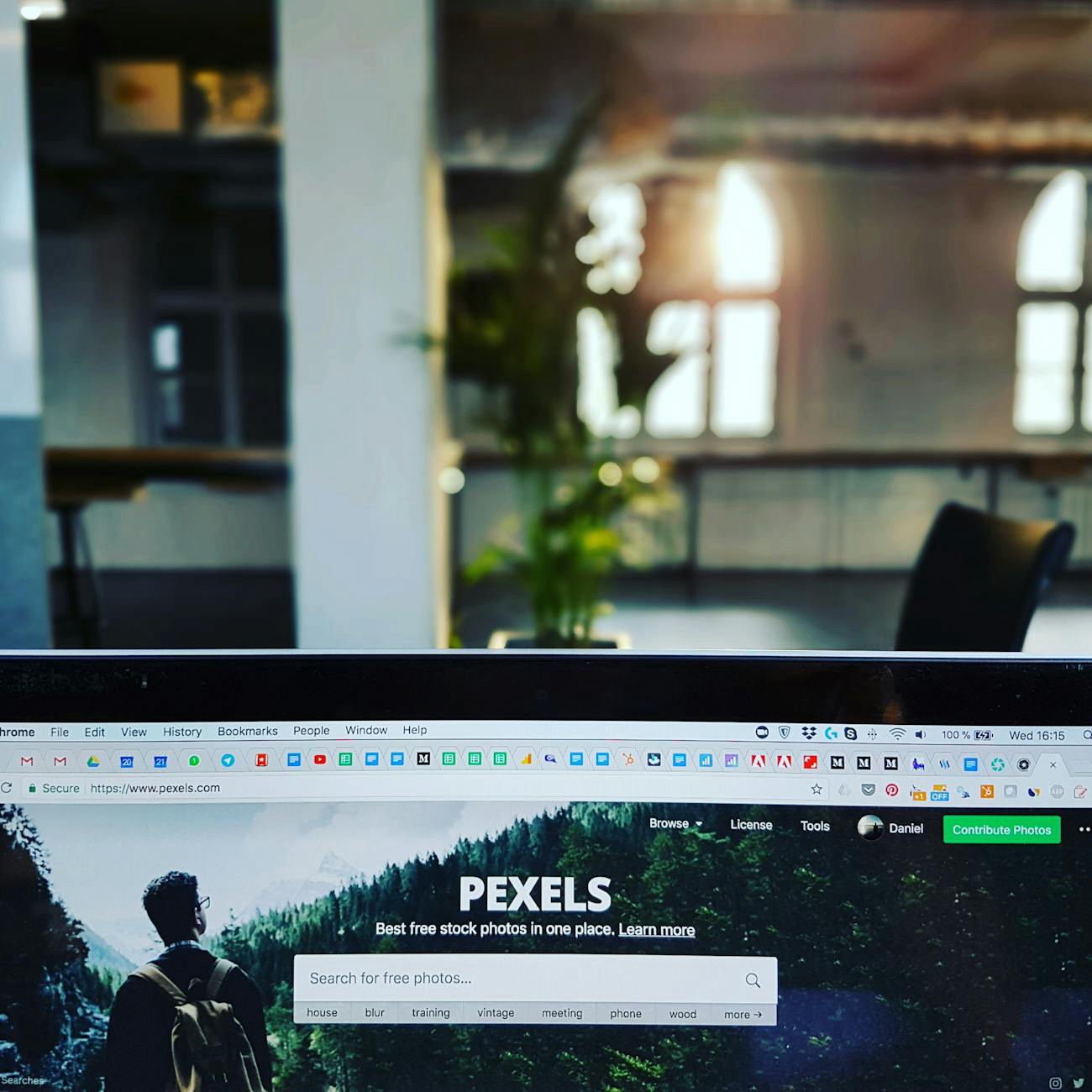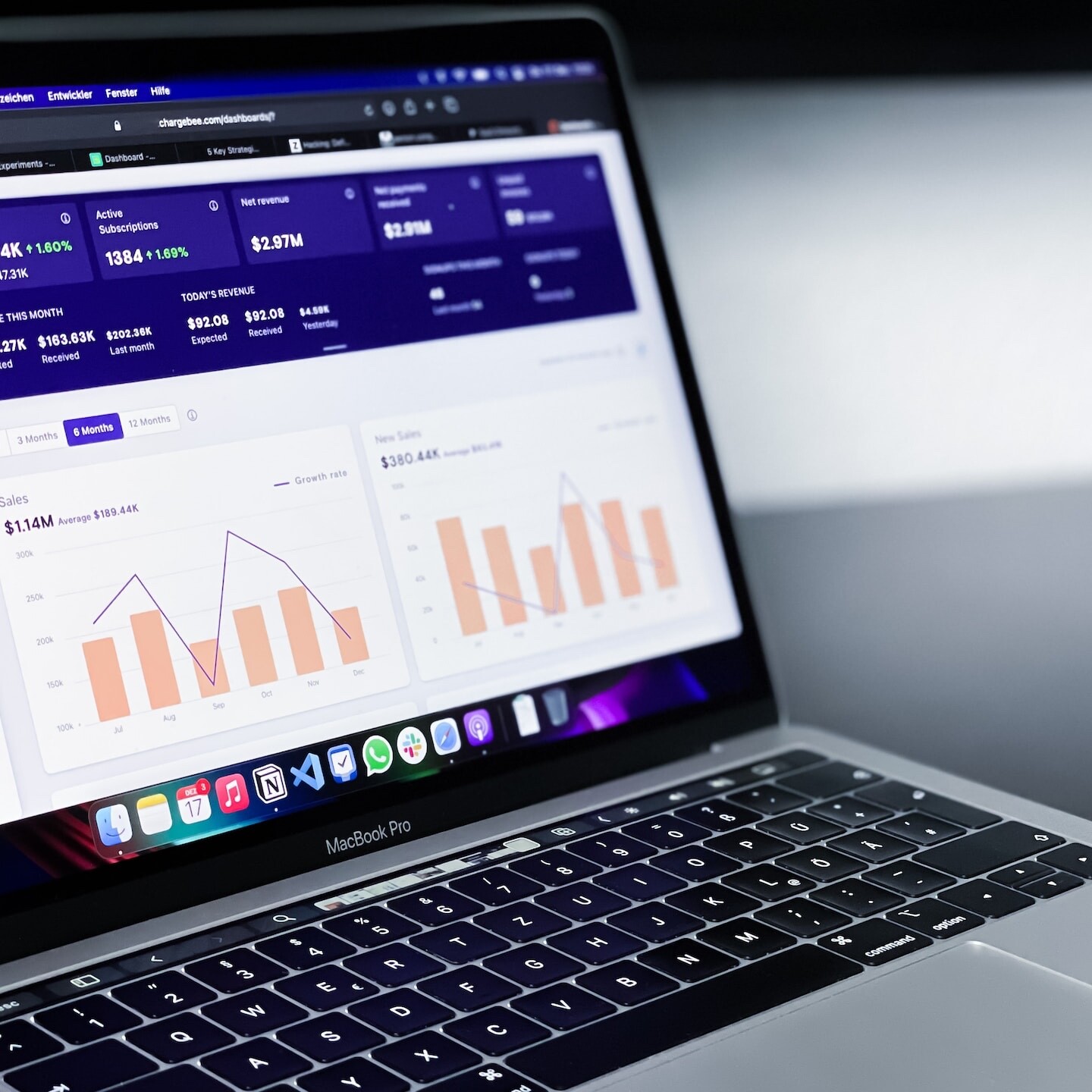Alternative Analytics Tools to Understand User Interaction
You’ve just launched your new website—it’s fully tested and deployed. Now it’s time to start collecting data to see how it performs in the real world. Are users finding what they came for? How quickly are they getting the answers they need? Analyzing user behavior is crucial to ensure your site meets expectations and delivers a great user experience. While Google Analytics is a go-to tool for many, exploring other analytical options can provide deeper insights and specialized features.

Maximizing Website Performance: Tools That Go Beyond Google Analytics
Every website has Google Analytics. GA is already a gold standard. However, there are other analytical tools available that may give you more insights into user behavior, more details on how visitors interact with your site, and help you optimize for better engagement and conversions. While Google Analytics offers a broad range of features, it may not address specific needs like detailed heatmapping, advanced user journey tracking, or real-time data analysis. Exploring alternative tools can fill these gaps and provide specialized functionalities to enhance your understanding of user interactions. Let’s examine some of these options and see how they can complement or even surpass GA in certain areas.
Hotjar
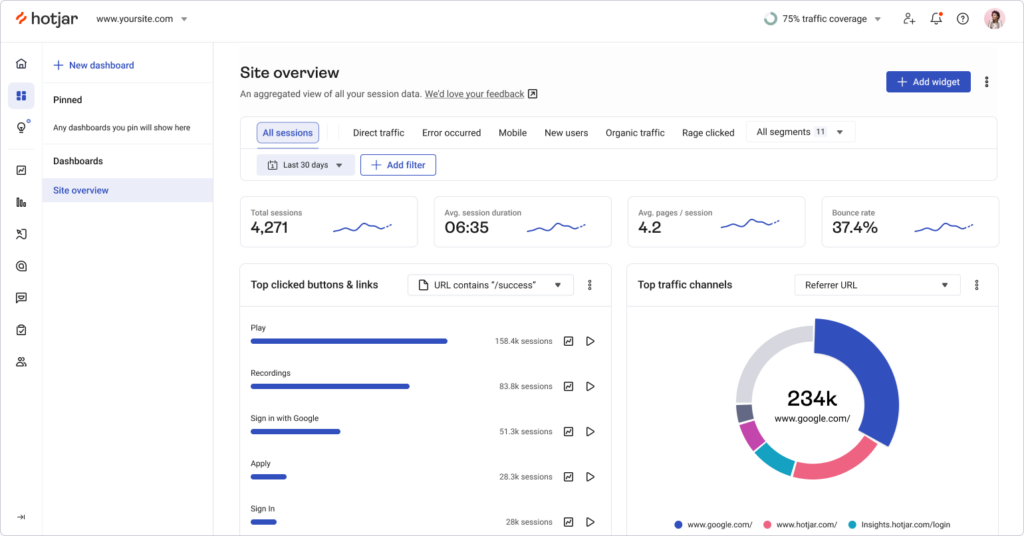
Hotjar is a powerful tool that focuses on user experience. It provides heatmaps, session recordings, and feedback polls that help you understand how users navigate your site. With Hotjar, you can see where users click, how far they scroll, and what they focus on, giving you a visual representation of user behavior.
Mixpanel
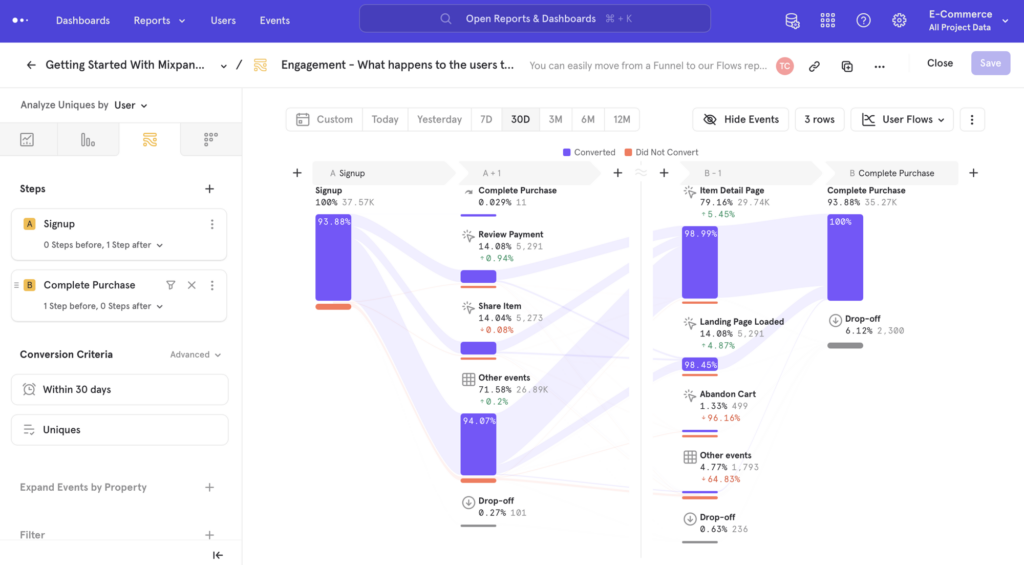
Mixpanel specializes in event-based analytics, allowing you to track specific actions users take on your website or app. It’s great for understanding user engagement and retention over time. Mixpanel also offers advanced segmentation and funnel analysis to help you pinpoint where users drop off. They also offer free account for personal projects up to 20 million monthly visits.
Adobe Analytics
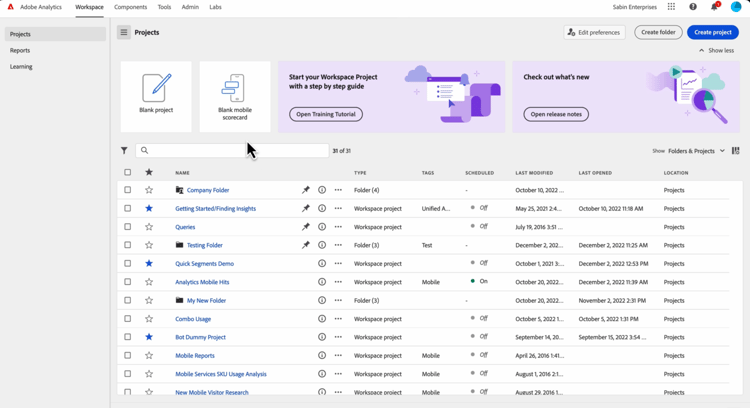
Adobe Analytics is part of the Adobe Experience Cloud and offers enterprise-level analytics solutions. It provides real-time data and customizable reporting, along with robust segmentation capabilities. If you’re looking for a comprehensive tool that integrates with other Adobe products, this might be a good fit.
Matomo

Formerly known as Piwik, Matomo is an open-source analytics platform that emphasizes data ownership and privacy. Unlike GA, Matomo allows you to host the analytics on your own server, giving you full control over your data. It’s a great option if you’re concerned about GDPR compliance and data security.
Crazy Egg
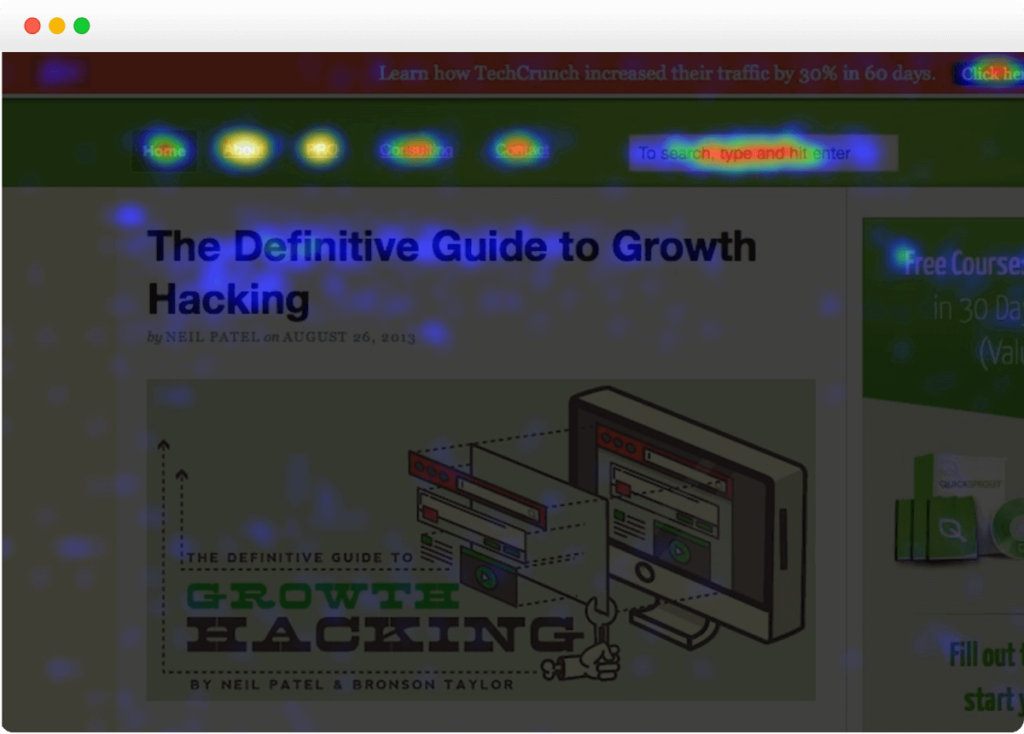
Crazy Egg offers heatmaps, scroll maps, and A/B testing features to help you optimize your website. Its “Confetti” tool breaks down clicks by referral sources, search terms, and more, providing granular insights into user behavior. This can help you make data-driven decisions about design and content changes.
Heap Analytics
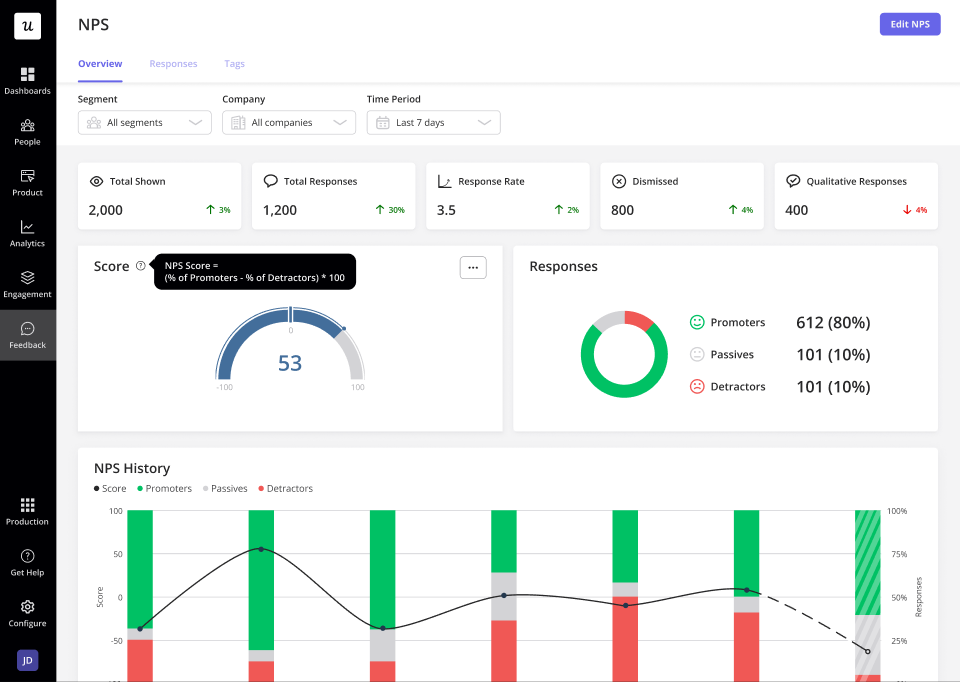
Heap automatically captures all user interactions, eliminating the need for manual event tagging. This makes it easier to analyze user behavior without extensive setup. Heap also offers retroactive analysis, so you can explore data from before you set up specific events.
Amplitude
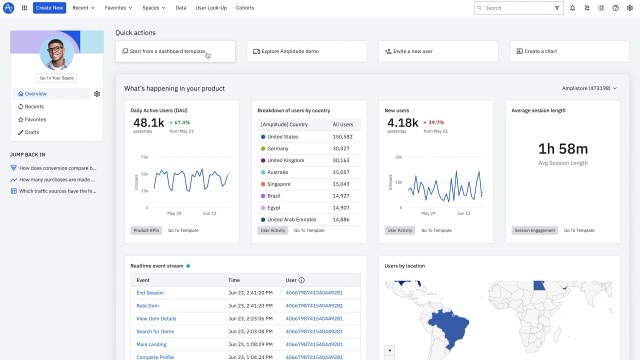
Amplitude focuses on product analytics and is excellent for understanding user retention and engagement. It offers behavioral cohorting, allowing you to group users based on their actions and analyze their behaviors over time. Amplitude is particularly useful for SaaS businesses and mobile apps.
Clicky
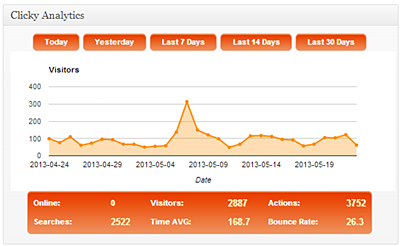
Clicky provides real-time analytics with detailed visitor logs and heatmaps. It offers uptime monitoring and alerts, so you can keep an eye on your site’s performance. Clicky is user-friendly and provides a good balance between features and ease of use.
Woopra
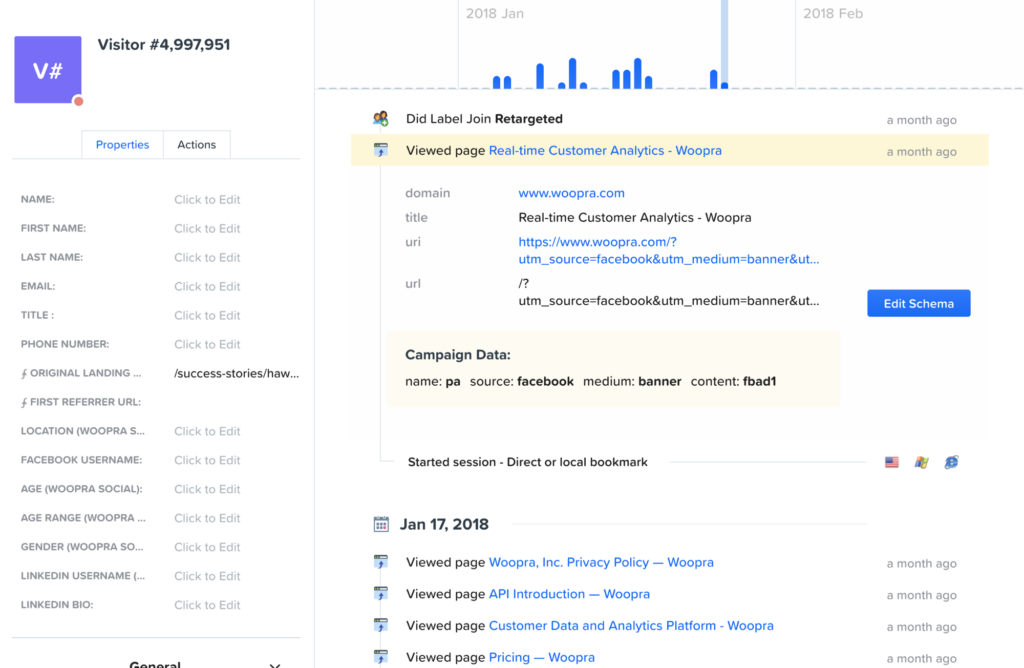
Woopra offers customer journey analytics, tracking users across multiple touchpoints. It integrates with various platforms like Salesforce, Mailchimp, and Slack, allowing you to unify data from different sources. Woopra’s real-time analytics help you understand user behavior as it happens.
Why Consider Alternatives to Google Analytics?
While Google Analytics is comprehensive and free, it might not meet all your specific needs. Some of these alternative tools offer features like heatmaps, session recordings, or advanced segmentation that GA doesn’t provide out of the box. Others focus on privacy and data ownership, which is increasingly important with regulations like GDPR.
Conclusion
Exploring different analytical tools can provide you with deeper insights into your website’s performance and user behavior. Whether you’re looking for advanced features, better data privacy, or more specialized analytics, there’s likely a tool out there that fits your needs. Don’t hesitate to try out a few options to see which one offers the most value for your business.
Next Item
User and Experiences on the Web

Related Articles
Authentic Brand Experiences Through Web Design
September 1, 2024
